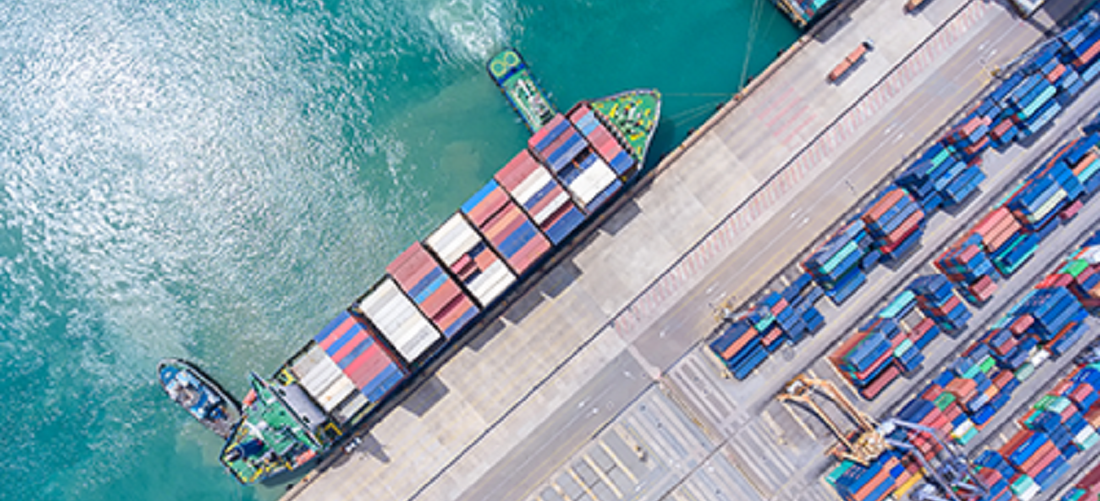
DataLiner: Full-Year Data Reveal Consistent Rise in Container Exports, Contrasted by Dip in Imports in 2023
Feb, 02, 2024 Posted by Gabriel MalheirosWeek 202405
Newly released data from Datamar’s Business Intelligence team that comprehend the entire year of 2023 indicates that Brazilian container exports grew by 1.2% compared to a year prior. However, there was significant fluctuation in shipments throughout the year. Looking at December 2023 alone, for example, the year-on-year increase was 20.9%.
The chart below provides a comparison of Brazilian container exports over the last five years by quarter:
Brazilian Container Exports | 1st to 4th Quarter | 2019-2023 | TEUs
Source: DataLiner (click here to request a demo)
On the other hand, Brazilian container imports grew by 5.5% in 2023 compared to 2022. Considering December alone, the increase in cargo arrivals was 12.5%.
Brazilian Container Imports | 1st to 4th Quarter | 2019-2023 | TEUs
Source: DataLiner (click here to request a demo)
Argentina
Argentina had a challenging year in every aspect, with significant political and economic instability. As a result, Argentine container exports fell by 6% in 2023 compared to 2022. Imports also decreased by 10.6% in 2023 compared to 2022. In December, the drop was 16.9%.
Uruguay
In contrast, Uruguayan container exports grew by 6.5% in 2023 compared to 2022. In the last month of the year, the growth was 24.3%.
Container imports also grew in 2023 at a 6.3% increase compared to 2022.
Record Trade Balance
Another gauge of Brazil’s foreign trade performance is the equilibrium of its trade balance. According to the Federation of Commerce of Goods, Services, and Tourism of the State of São Paulo (FecomercioSP), while celebrating last year’s record trade balance of US$99 billion, a more detailed analysis of Brazil’s role in the international arena reveals the need for proactive adjustments to secure similar results in the future.
FecomercioSP highlights that, despite the record surplus, Brazil still holds a very small share of the international market, accounting for only 1.5% of the world’s trade flow. This trade pattern reveals some distortions, considering that Brazil is the ninth-largest economy globally in terms of Gross Domestic Product (GDP), according to the International Monetary Fund (IMF). Yet, it ranks 26th in the list of major exporters.
Some points are often raised to explain such a phenomenon. The first is that the trade surplus results primarily from a 12% drop in imports rather than resulting from the export revenue growth (1.5%). In other words, the Brazilian economy remained relatively closed in 2023 — and, not surprisingly, the trade flow, the sum of exports and imports, decreased by 4% compared to the previous year.
-
OTI Rankings
Dec, 17, 2018
0
DataLiner OTI Rankings (NVO Rankings) | January to October 2018 Brazil
-
Trade Regulations
Oct, 05, 2023
0
EU Enforces Surcharge on Seven Imports Tied to Carbon Emissions
-
Meat
Apr, 29, 2022
0
China’s sow herd has shrunk, says Agriculture Ministry
-
Automotive
Jun, 05, 2020
0
Anfavea predicts 40% drop in new vehicle sales in 2020


